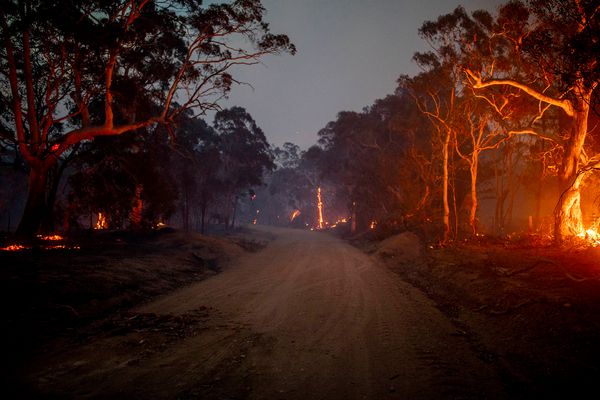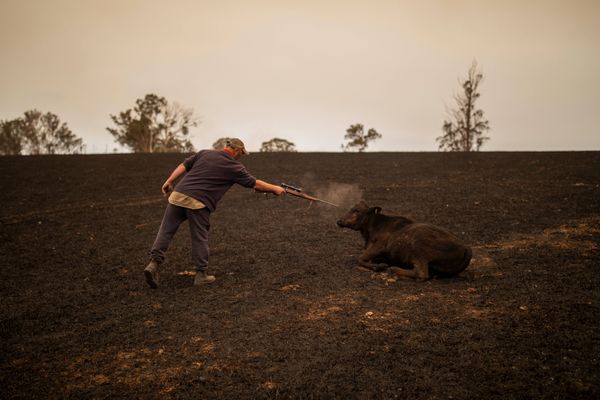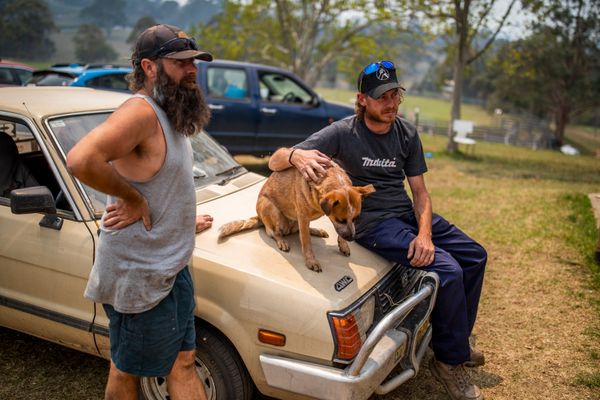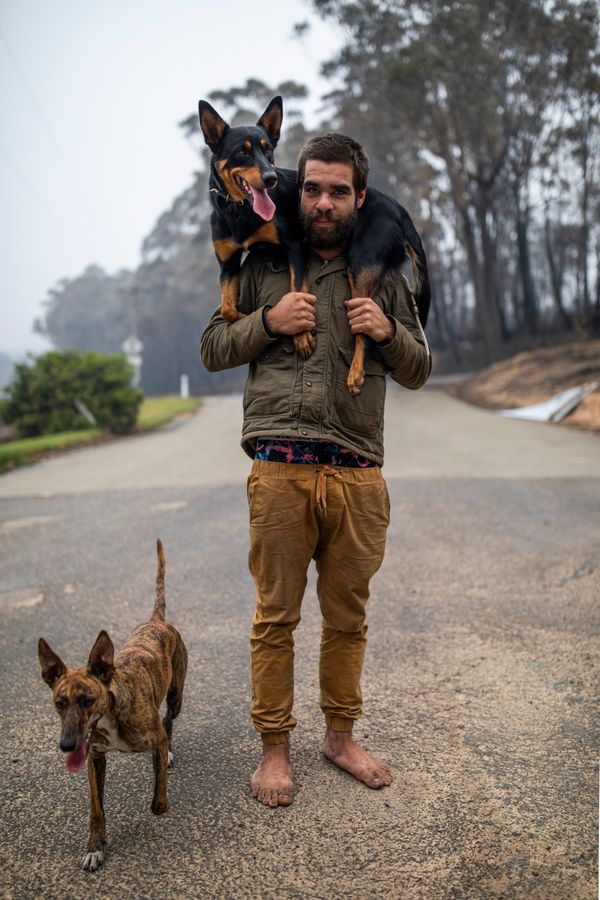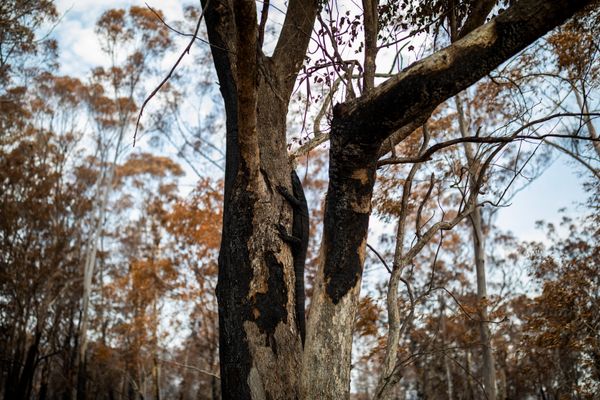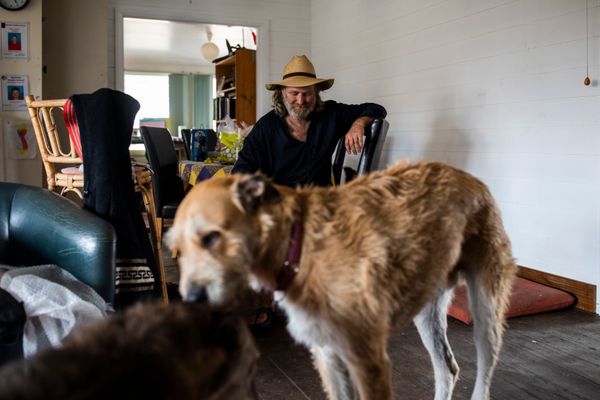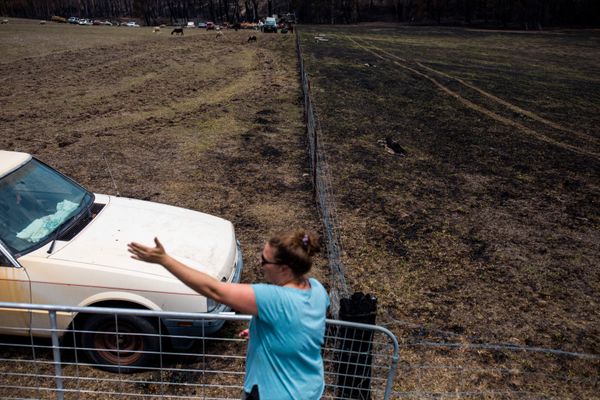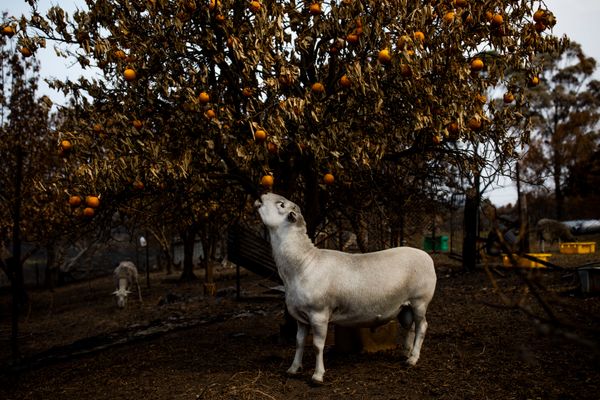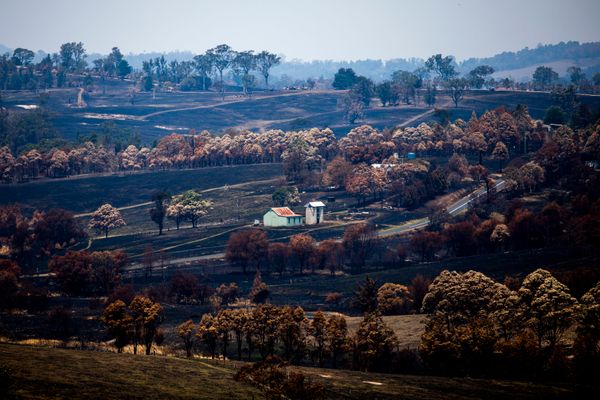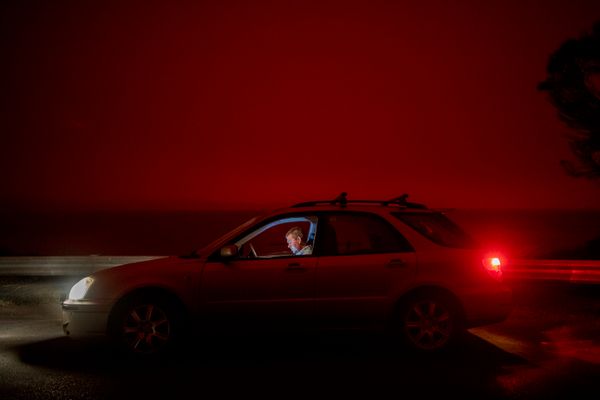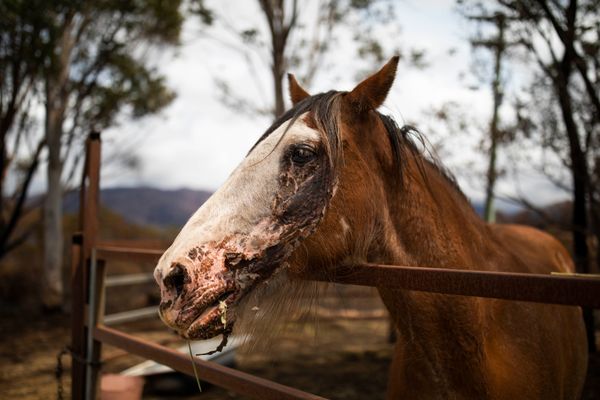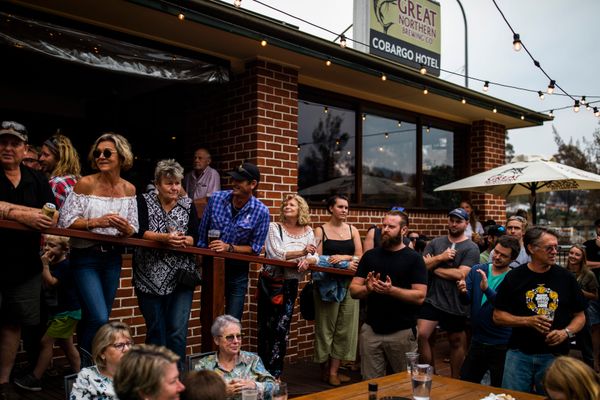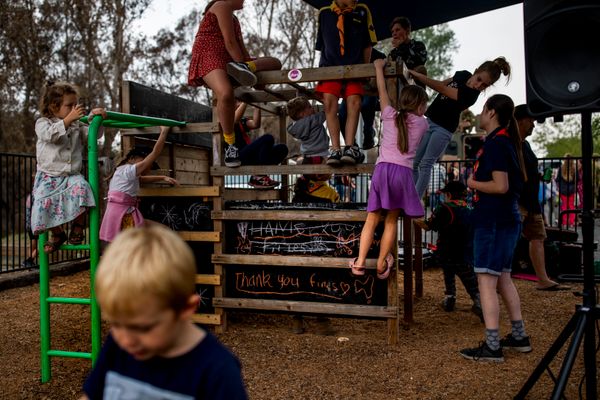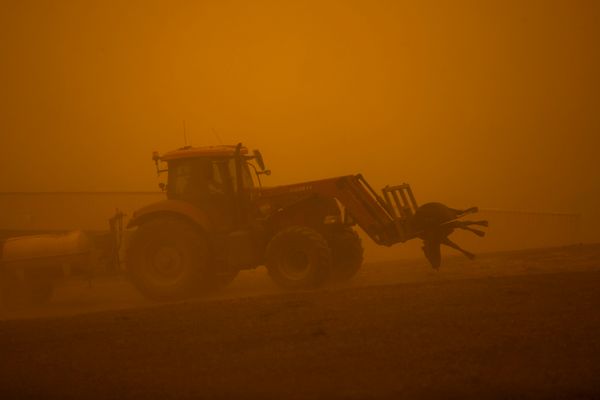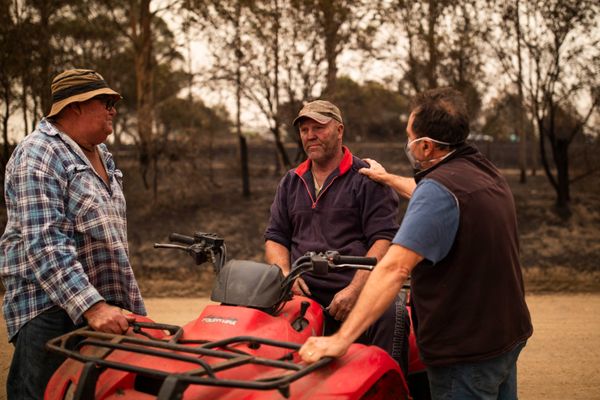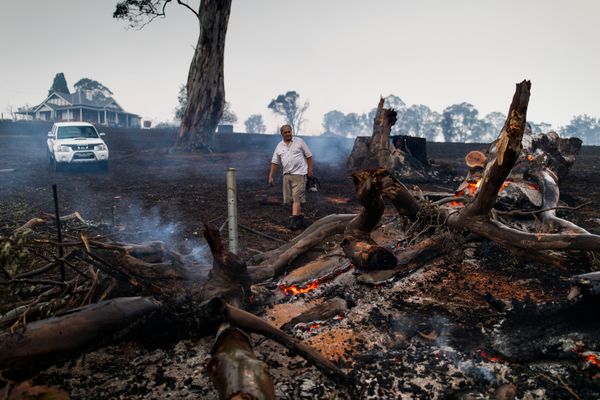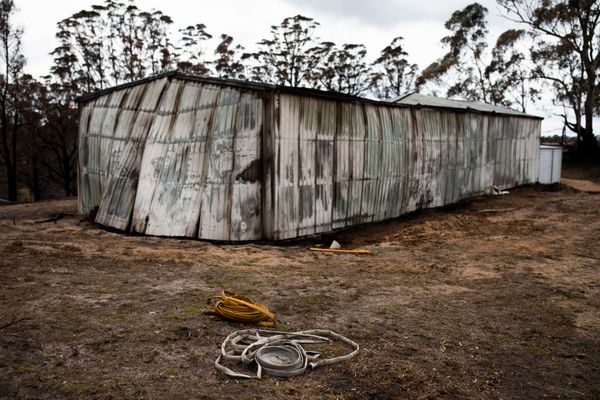Beyond the Fire
-
Dates2019 - 2020
-
Author
Australia is currently experiencing its worst bushfire season in living memory. Looking at satellite maps of the continent, it is easy to think that the entire south eastern coast is, or has been on fire in recent months.
Smoke pollutes the air, ranking a number of Australia's cities with the lowest air quality in the world. Many argue that this summer has marked the end of Australia's age of innocence; joyful summer days by the beach replaced with apocalyptic red skies and arid smoke. Gas masks instead of swimming costumes and the wide-spread anxiety that effects everyone, not least the people who have been acutely affected by the crisis.
As a country however, we do have a collectively short memory and even shorter attention span; our appetite for stories of survival and acute trauma are heightened while the flames are raging. But beyond the fire, we leave a lot of people behind and alone to process what had transpired and the rebuild what they have physically lost, and mentally endured.
Ongoing trauma associated with the effects of bushfires is a long-term issue, and one that requires dedicated and thoughtful attention from visual journalists and artists. It has played on my mind a great deal - while covering recent events - just how much we as photographers ask of our subjects to participate and to communicate traumatic experiences and to relive particular details. Hundreds of journalists are drawn to small towns and regional areas across the country, where we prod and poke looking for stories (important as they are), only to be gone again just as quickly looking for the next one.
I have been fortunate over the past month to have spent a great deal of my time covering the Australian bushfires in the small New South Wales town of Cobargo. Very much an outsider, I have had the privilege in getting to know people individually over many weeks, and it is only with time that one can start to get to the essence of what is required for individuals and communities to rebuild and get back to a semblance of normality with their daily lives. There is so much rebuilding to do, both physically and psychologically.
I believe that long-term visual journalism and art can play an important role in keeping the stories of people dealing with trauma and loss in the forefront of our nation's collective memory. And it comes through engagement and community participation, something that requires time, personal interest and dedication.
Admittedly I have blurred my professional and personal boundaries over the past few months. I have developed friendships with people who I have met and reported on, I have set up crowd-funding campaigns for two families that I have met, and who welcomed me to photograph them in times of acute trauma. I'm unsure whether I have gone beyond my professional ethics as a journalist, but if I have, then I am aware that this professional title is not mine to be defined by. This is very much a personal threshold as much as it is a professional one, where I am confronted by my own presence in these situations and have to determine my own responsibilities and ethics for how to navigate them. To say this has been an important event in my own life is an understatement.
Moving forward, as our attention naturally drifts from the 'story' to others, it is up to us as individuals - as it always is - to decide our next step in how we continue our relationship with those who have been affected. For me, it is about engagement and sustained interest in the lives of friends and people who have moved me with their resilience, determination and humility. It moves beyond journalism and even documentary into the realm of art, where stories are not relayed, but they are given back to the people who own them, and these very people are given the opportunity to express themselves though images, words and video.
The first step is to engage children through photography education and visual literacy, enabling them to look at their own surroundings and to experience it and communicate their perspectives of what has happened. This involves working with the school and wider community in helping students express themselves through photography - a medium they all love.
By working with children, and engaging with the community as a person first and foremost, then as an educator, then as an artist, I believe that photography will do more than tell a story, it will be an integral part of how a community sees itself rebuilding and becoming whole again.
Regardless of whether this application is successful, I will find ways in which to spend time in the Cobargo community, working with them and people in surrounding areas to assist the facilitation of documenting of their own stories beyond the fire.
